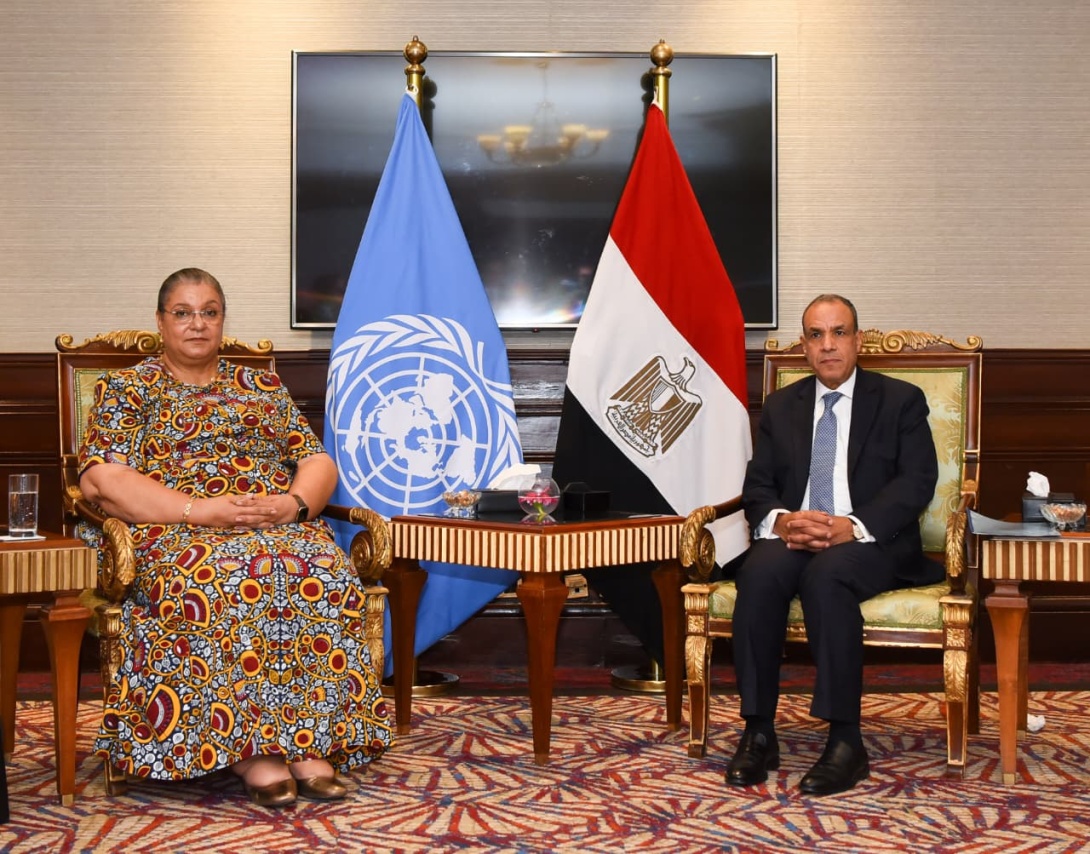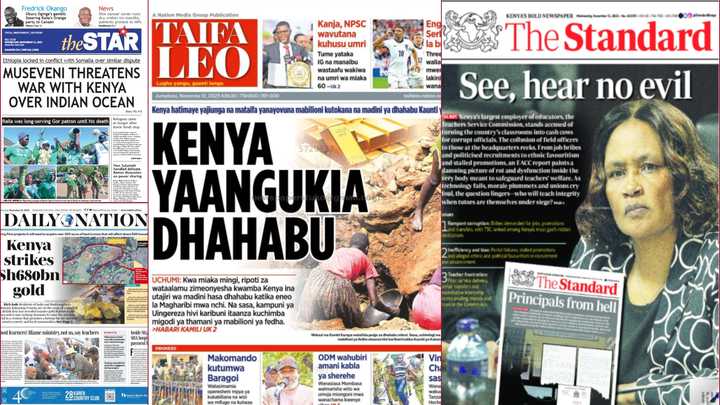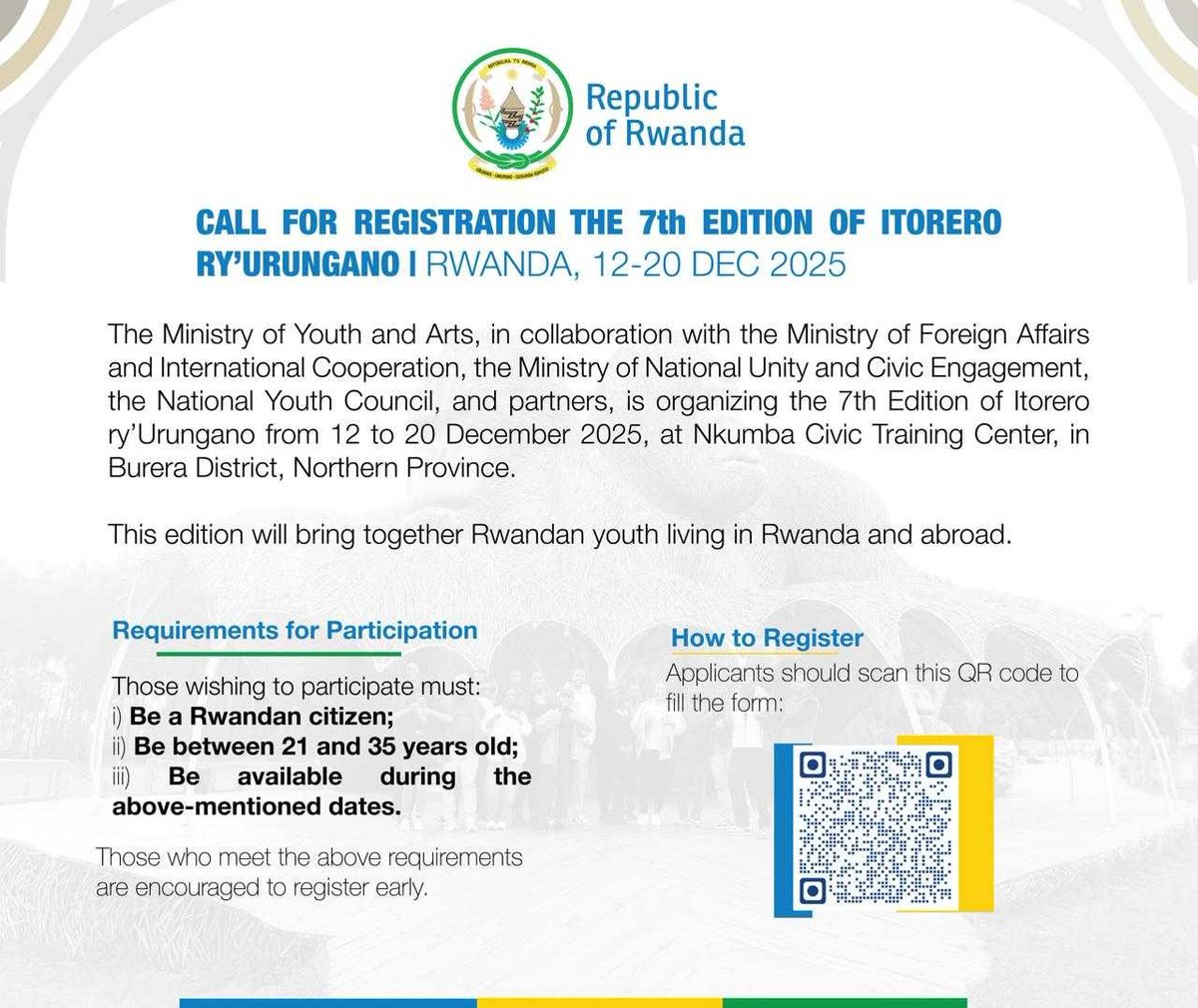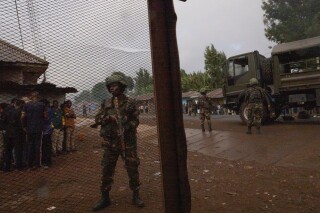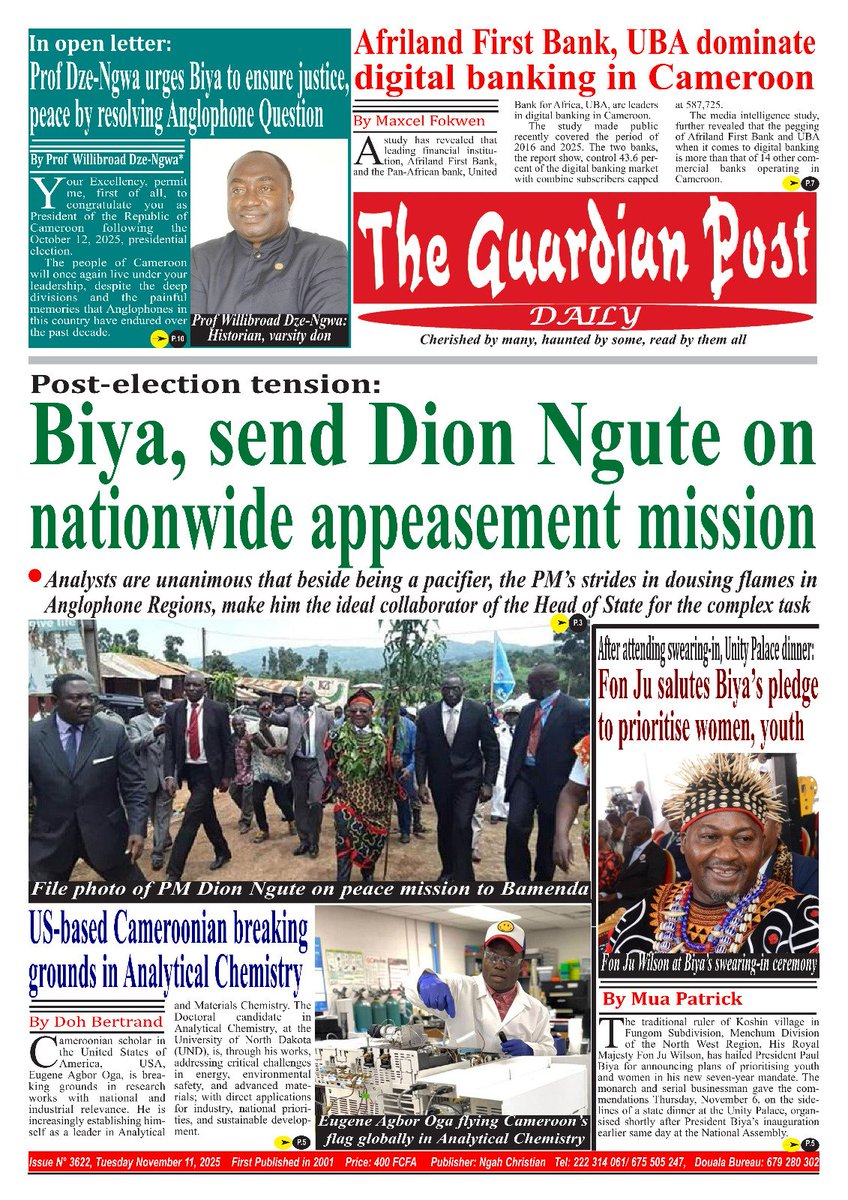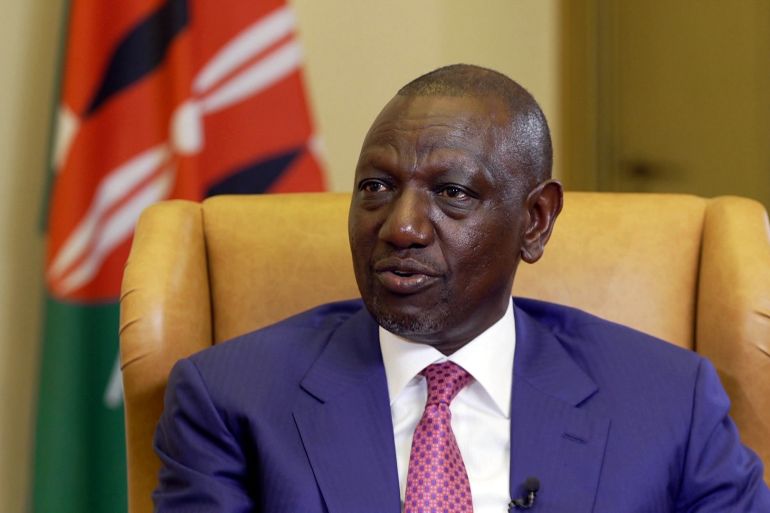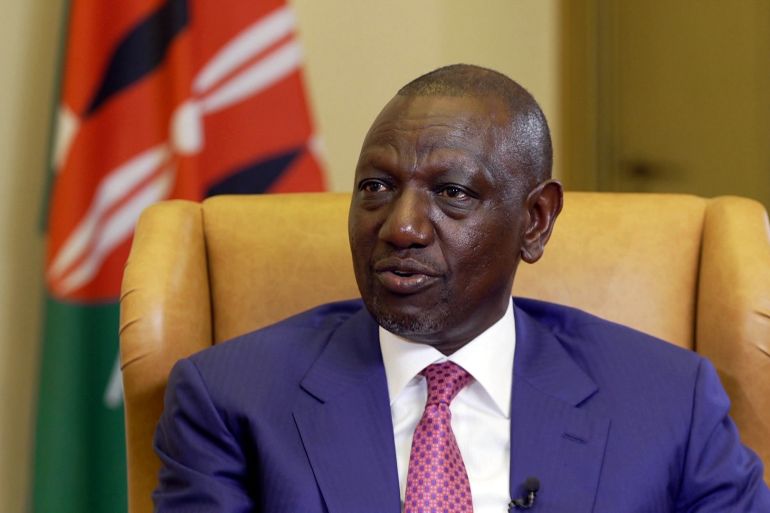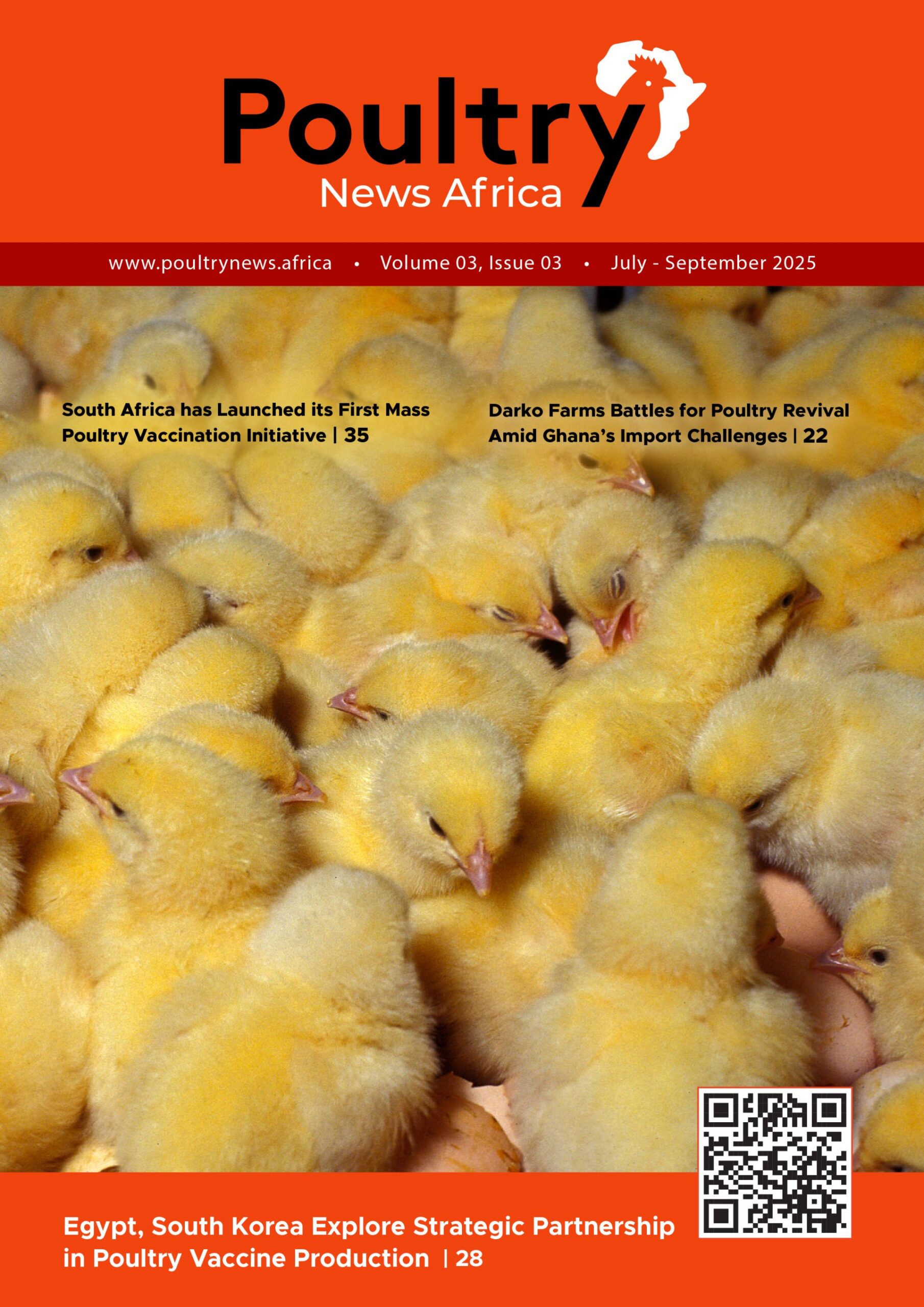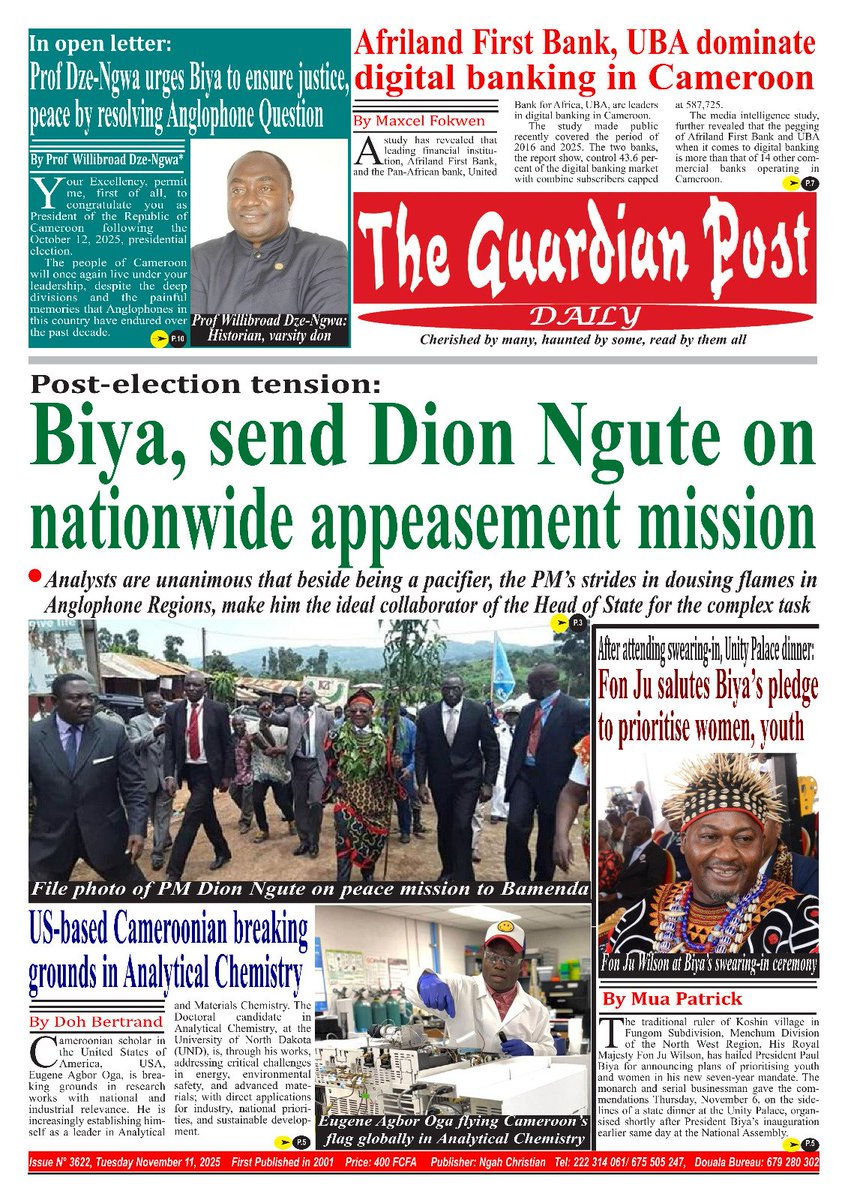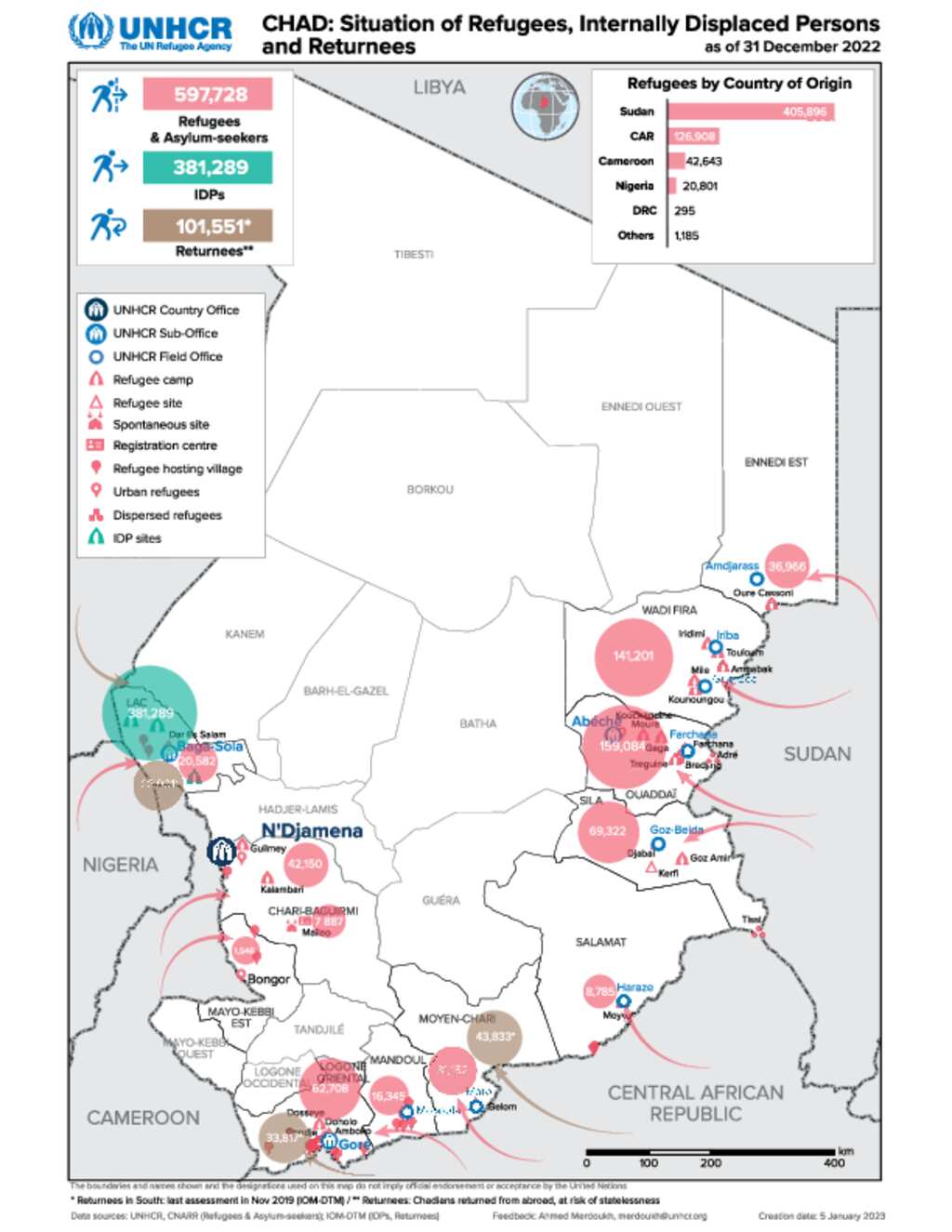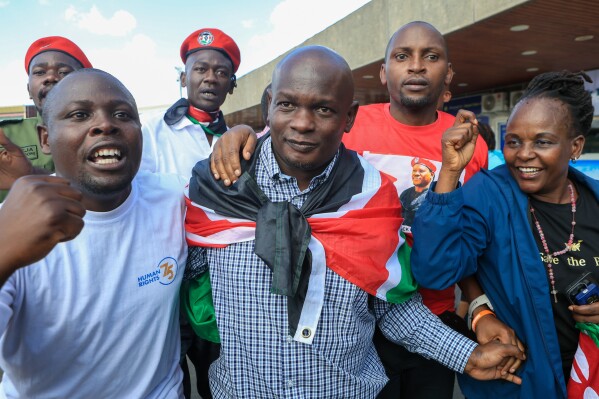
Tanzania’s Balancing Act: Navigating Political Storms and Digital Horizons
A Nation at a Crossroads
Tanzania stands at a crucial juncture, grappling with a challenging political climate marked by calls for reform and rising unrest. Simultaneously, the nation is making significant strides in digital innovation to enhance public service management. This intricate dance plays out against a vibrant East African backdrop, highlighting the delicate interplay of governance, stability, and technological progress across the region. Since President Samia Suluhu Hassan took office, Tanzania has seen considerable unrest and protests. Many analysts believe these are symptoms of long simmering frustrations among the youth and opposition. Kenyan policy analyst Professor Peter Kagwanja vividly describes Tanzania as enduring a “thick winter of protests, instability, and uncertainty” since Samia’s ascent. It’s important to note, this isn’t spontaneous; rather, it follows a period of stalled political reforms, internal power struggles within the ruling Chama Cha Mapinduzi (CCM) party, and persistent pressure on opposition leaders. Hundreds have been charged with treason, reflecting the government’s firm stance. As President Samia prepared for a potential second term, tensions intensified. She viewed both internal party pressures and a re-energized opposition as direct threats. In her inauguration address, Samia maintained the recent election was fair and transparent, even acknowledging tragic losses during the protests. This admission underscores Tanzania’s complex governance challenges, where the push for stability often clashes with demands for democratic freedoms and transparency. For more on the political landscape, you can check out the BBC’s coverage of President Samia Suluhu Hassan.
Digital Progress Amidst Regional Ripples
Despite the political turbulence, Tanzania’s government is actively pursuing initiatives to modernize public service management. The ESS Utumishi platform is a prime example of this digital push. Developed by the President’s Office for Public Service Management and Good Governance, this online portal empowers civil servants, granting them access to crucial employment services. Public servants now apply for leave, update personal information, and download payslips directly from their own devices. Doesn’t that sound like a major step towards efficiency? This digital transformation showcases the government’s commitment to transparency in administrative processes, even as the political environment remains unsettled. But Tanzania doesn’t exist in a vacuum; regional political dynamics in East Africa add another layer of complexity. In neighboring Uganda, two Kenyan activists were recently released after more than a month in detention. Ugandan President Yoweri Museveni confirmed their arrest, accusing them of collaborating with opposition groups to unseat him in the January elections. Museveni’s strong warnings against protests echo a wider regional pattern of governments cracking down on dissent. His comments serve as a stark reminder that the broader East African political environment often grapples with similar tensions between state authorities and opposition forces. The activists’ release followed requests from Kenyan officials demanding due process, emphasizing the delicate diplomatic negotiations that frequently accompany political unrest here. This mirrors broader regional issues, as seen in Sudan where conflict escalates amid security risks.
Innovation, Resilience, and the Path Ahead
Meanwhile, across the continent, agricultural innovation is making significant strides with new digital milestones. A breakthrough in livestock traceability has been achieved with the launch of the RMIS mobile application, set to become available in December. This free app will allow farmers and livestock handlers to digitally record animal movements, significantly enhancing traceability and management in the agricultural sector. Why is this so crucial? This advancement holds particular meaning for nations heavily reliant on livestock for economic and food security, Tanzania included. Better digital tracking systems mean authorities and farmers can more effectively manage disease control and market access, potentially revolutionizing agricultural supply chains. You can find more details on this traceability breakthrough in African farming. This intersection of political challenges and technological progress paints a nuanced picture of Tanzania and its regional neighbors. As governments navigate political stability and citizen demands, they’re also harnessing technology to improve governance and economic productivity. For Tanzania, moving forward means balancing the expectations of a politically engaged population with leveraging innovations like the ESS Utumishi platform to bolster institutional effectiveness. Tanzania’s experience offers valuable lessons in balancing democratic aspirations with governance reforms. The government’s response to political dissent will remain under scrutiny, especially as new elections loom and youth activism persists as a potent force. At the same time, the ongoing adoption of digital tools in public administration and agriculture signals a forward-looking vision that could foster greater transparency and economic resilience. It’s a dynamic period, much like how South Africa advances innovation amidst social tensions. The evolving narrative of Tanzania, set against broader East African political currents and technological advancements, will undoubtedly shape not only the nation’s future but also the region’s trajectory. Engaged citizens, reform-minded leaders, and innovative technologies will all play critical roles as Tanzania navigates this complex and transformative period.




